5 Things to Expect in Your First Kundalini Yoga Class

Are you curious about trying a Kundalini yoga class? Do you feel intimidated because you don’t know enough about it to take the leap?
Well, if you are familiar with Hatha or one of its derivations (such as Vinyasa, Iyengar, Bikram, or others), you will have a basic understanding of some of the aspects of Kundalini yoga.
In fact, Hatha and Kundalini share some common ground as they are both practices that use postures and breath to create union of mind, body, and soul.
What makes Kundalini different is that it approaches yoga like a “technology” through a sequence of movements called a kriya. Kriyas include:
- Asanas (postures)
- Mantras (sound vibration)
- Bandhas (body locks) – also known as bandhs in the Kundalini tradition
- Pranayama (breathing techniques)
- Mudras (energy seals with hand gestures)
- Meditation
Kriyas are also said to work on the endocrine system by using mantras and eye focus. This is believed to stimulate the pituitary gland and the pineal gland. Each gland is associated with a different chakra of the body.
The pituitary gland is associated with the Third Eye Chakra and the pineal gland is associated with the Crown Chakra. In this practice, this is a key factor to bring awareness to the mind and body.
Here Are 5 Things to Expect in Your First Kundalini Yoga Class:
While the discipline has many intricate facets to it, let’s begin with some beginner basics of what to expect in your first Kundalini class.
1. Key Kundalini Mantras
A mantra is a sound vibration that is said to alter your brain chemistry and consciousness. While mantras in Hatha and other yoga traditions are chanted in Sanskrit, Kundalini mantras are in the language of the Sikhs: Gurmukhi.
Here are two mantras that you will undoubtedly find in Kundalini classes:
Ong Namo Guru Dev Namo
Ong Namo Guru Dev Namo is the adi mantra of Kundalini. This means is it the primal and first mantra of the tradition.
It translates to: “I bow to the Creative Wisdom and to the teacher within.” Every Kundalini class starts by repeating this mantra three times. This enables you to tune into yourself and connect to Yogi Bhajan and the “Golden Chain” of teachers. The Golden Chain is the chain of all the teachers that preceded Yogi Bhajan.
Sat Nam
Sat Nam is the founding bija mantra used in Kundalini yoga. It means “I honor my true identity.” This is meant to awaken the soul and is one of the key goals of Kundalini yoga – to be your true self and live your destiny.
It is often used in sync with breath during class. This is done by breathing in a mental “Sat” and breathing out a mental “Nam.”
2. Kriyas
A Kundalini kriya has to be practiced by the book in order to obtain the desired outcome of mental and physical changes. Kriya means “completed action” and each one is designed for a specific purpose. You practice each kriya for a certain number of minutes or repetitions.
For example, the Surya Kriya is supposed to activate your sun energy. This allows you to be action-oriented and grounds your physical body with good digestion and a clear mind.
This kriya alone has seven different physical postures and movements complemented by breath and an occasional energetic lock.
3. Pranayama
Most yoga involves breath awareness, our vital force. All Kundalini kriyas include the science of pranayama (breathing techniques). This is essential to reap the benefits of the kriya.
In Kundalini, you may learn breath techniques that you’ve never tried before.
Want to learn the quintessential Kundalini pranayama? Check out: Breath of Fire Pranayama Tutorial to Cleanse + Energize Your Body
4. Everyone Wearing White
When you come to your first class of Kundalini yoga, you will notice the teacher dressed in white and wearing a turban.
This is because Yogi Bhajan (a famous Kundalini teacher who brought Kundalini yoga to the West) stated:
“We wear white because it’s a simple scientific fact that every piece of matter or material has a foot and a half aura. Every animal has a three and a half foot aura. Every human has a nine foot aura. And if we wear the cotton and we wear the white, this color therapy gives us one extra foot of aura.”
The “aura” is our shield, an unseen energy that surrounds our body like a “container for life force energy.” It is important to keep it strong in order to protect your mind and body from negative outside forces. Therefore, white helps magnify the energy you gain while practicing kriyas.
Although it is best to wear white during class, it is not necessary for a beginner student. So don’t let the lack of white in your wardrobe stop you from trying a class!
5. Meditation
After practicing a kriya, you end with meditation. The meditation is sometimes incorporated into the kriya itself or is followed by a meditation that coincides with the kriya.
For example, perhaps you’ve done a kriya on the “neutral mind.” The meditation following this kriya will focus on benefiting the “neutral mind.”
Sometimes meditation in Kundalini has a vocal mantra or a mental mantra, and it may or may not include a mudra.
So, Go Out and Try Kundalini Yoga!
Hopefully, this inspires you to try your first Kundalini yoga class!
After class, you may notice muscle soreness that you’ve never felt before. This is because kriya postures and movements can be quite vigorous. Holding your arms straight up for 11 minutes is harder than it seems. You’ll be counting the seconds up until the end!
But, now that you have a taste of what awaits you, it’s time to go for that trial class that your local studio likely offers! Hopefully, you will leave feeling happy, healthy, and holy – the three objectives of Yogi Bhajan’s mission.


This Month's Letter
From the Editor
Monthly motivation and food for
thought from our founder.


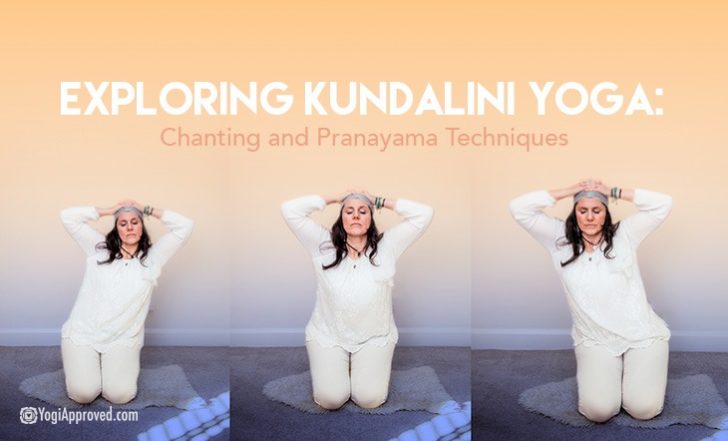
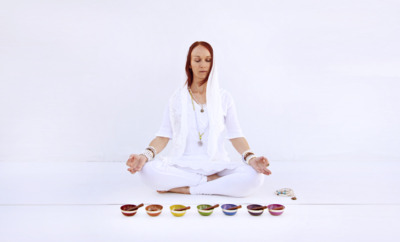
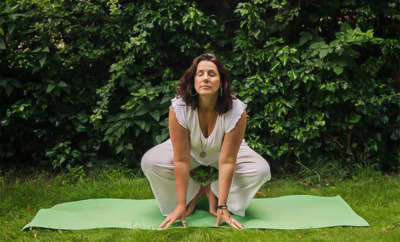









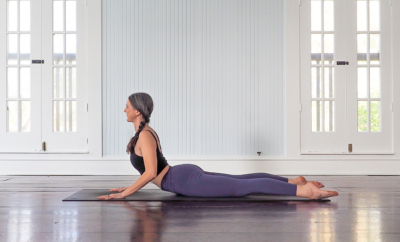
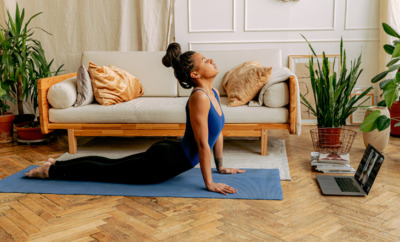
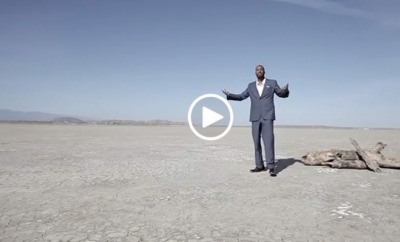














Comments